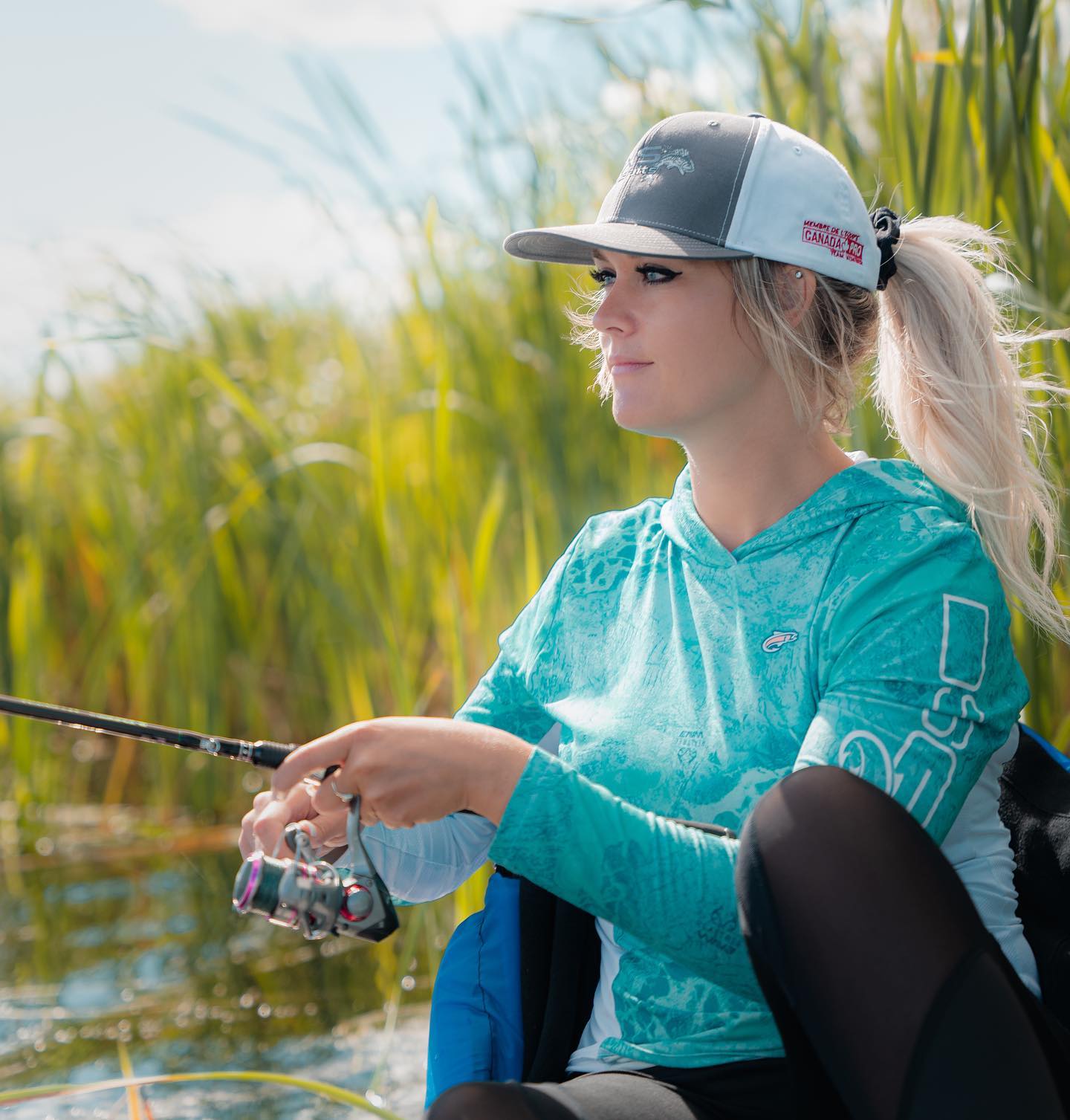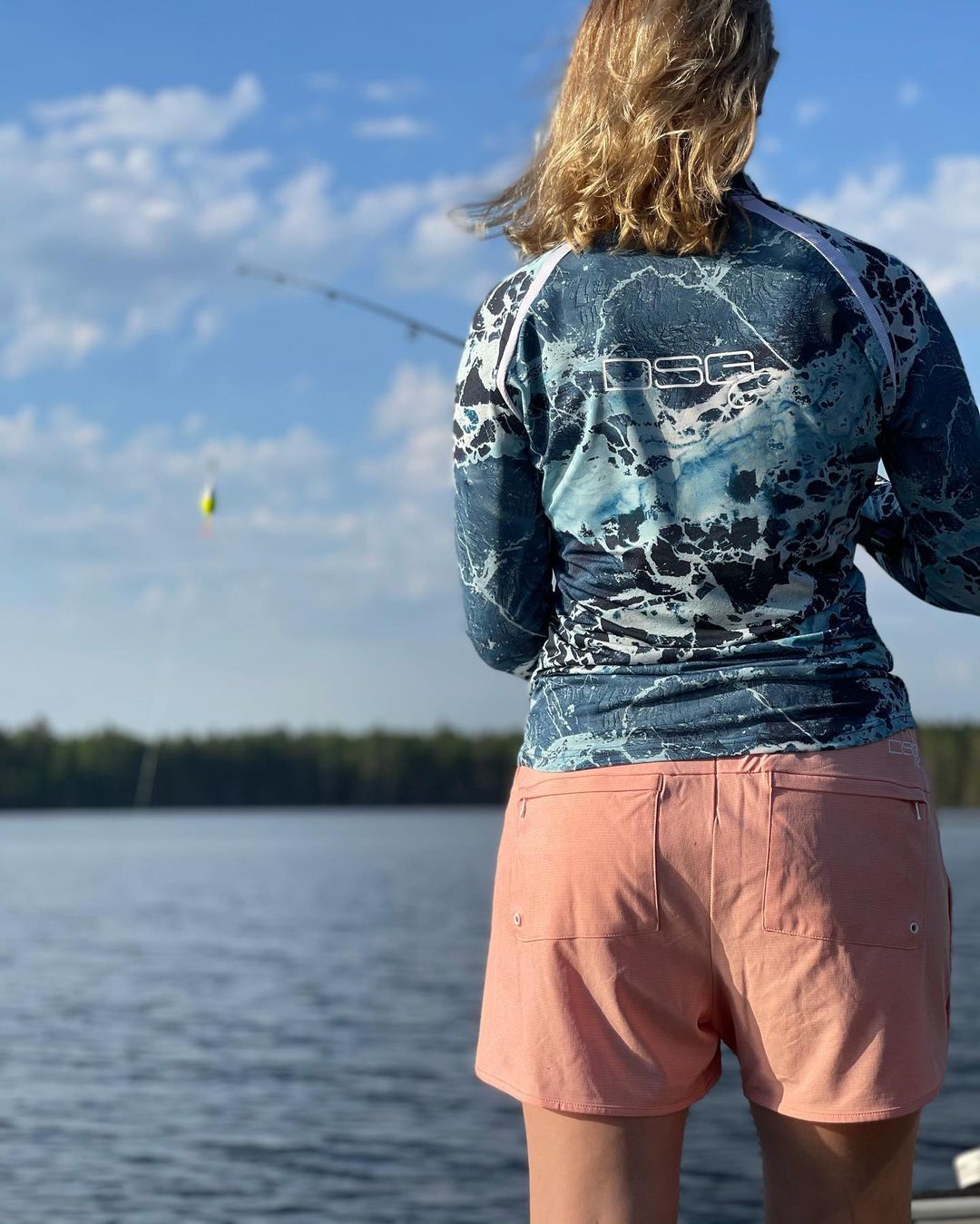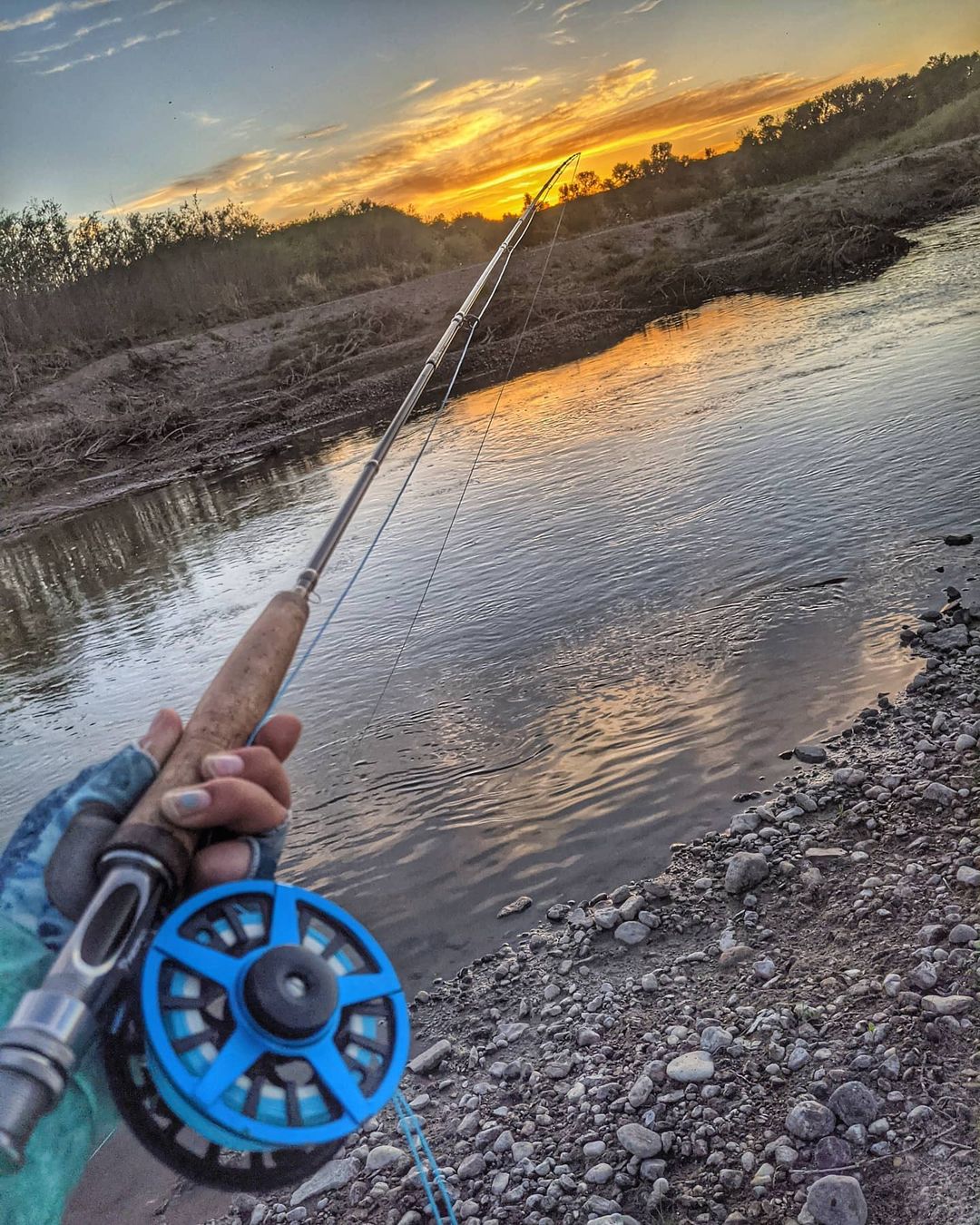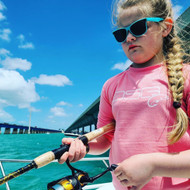Back to Basics: The Mechanics of Casting
Posted by Samantha Simma on Jun 11th 2021
Whether you’re just starting out in the sport of fishing, or you’ve been dabbling for years, it never hurts to brush up on the basics. An essential skill to have when fishing is casting. Why? Because precise casting will help you achieve the accuracy and distance you desire from your cast. Like your golf or baseball swing, having that precision will help you be more successful in your fishing.
Above all, practice makes perfect, so don’t be discouraged by some snags along the way. By keeping the essential mechanics of casting in mind, and pairing them with a few tips for finesse, you’ll crack the code to landing the perfect cast.

Spinning Reels
Spinning reels include open-faced spinning reels and spincaster reels. Spincast reels are great for beginners—their line is enclosed in a plastic or metal housing, with a button that locks or releases the line instead of a reel bail. Now, these are less powerful and less accurate than the open face spinning reels.
Grip: With your dominant hand, hold the rod at the base of the reel (where it attaches to the rod). Then, you’ll want your index finger or thumb to control the line, pressing it against the rod if you’re using an open face reel. Keep your hold firm, but relaxed for the upcoming motions.
Setup: Allow there to be about one foot of line between the tip of your rod and your lure or bait. For an open face reel, double check that the metal loop frame on your spool—the reel bail—is right below your control finger. Use your index finger or thumb to keep the line taut, opening the reel to release it. You’ll need to continue to maintain tension in the line with your finger. If you’re using a spincast, the button controls the line’s release, so you won’t have to hold the line with a finger.
Motion: Hold the rod at about waist level. Double check your surroundings—do you have the room behind you to swing freely without snagging anything in the process? If you have the all-clear, point the rod where you want the line to go. Meanwhile, your body position should also face the direction you want to go, with your toes and hips forward. Finally, it’s game time: swing the rod back over your shoulder and then bring it forward in one fluid motion—to that same point you wanted it to go toward. You’ll remove your finger from the line (or your thumb from the button of a spincast) at the top of your forward swing.
Baitcaster Reels: Baitcasters are trickier to master than spinning reels. Casting one utilizes the same motion outlined above, but your thumb controls the release of the line from the spool with a button or direct friction on the spool. Therefore, you’ll hold the line with your thumb while you swing, release it at the top of your front swing, and then slow the spool’s release as the lure hits the water. The benefit of baitcasters is their versatility when it comes to lures, lines, and fish size.

Fly Rods
There’s much more motion and repetition involved in casting a fly rod, making it one of the hardest casts to master. But when you do, it’s a thing of beauty.
Setup: First, you’ll “load the rod” by letting out a length of line just short of the length of your rod. When the rod bends because of this, that’s referred to as loading the rod.
Grip: Pretend you’re going to shake someone’s hand. Channeling that hand position, place your hand just in front of the reel. Here, hold the line steady between your middle and ring fingers. The technique then extends up your arm from here: stiffen your wrist and keep your elbow close to your side.
Cast: With your non-casting hand, pull back your line so it’s out of the water. Have it dangle in front of the reel, with only your leader line in the water. For your swing, there are two options: use a side arm or over-the-top motion with only a bend in your elbow. With either of those motions, bring the rod behind you to the 10 o’clock position, pausing slightly to allow the line to unfurl behind you. Next, swing smoothly forward to 1 o’clock. It’s here that you’ll stop your swing, release your grip and let the line extend in front of you. Like with a spinning rod, where you point your rod is where your line will go. You’ll repeat this cycle multiple times before releasing your line onto the water.

Bonus Tips
Practice: Did we mention the importance of practice to achieve precision? Well, if you can’t practice on the water, try some casting games at home in your yard. Sure, it looks a little silly, but setting up bucket targets at different ranges and directions will help you fine tune your casting.
Equipment: You can’t always blame a bad cast on your equipment, but there are some rod and reel setups that are harder to master than others. The length of your rod, for example, will affect your cast, as shorter rods are often more concise, while longer rods achieve greater distances. Finally, the way a rod bends will impact your cast, so get to know your rod.
Weight: When fishing with bait or lures, their weight plays a factor in your casting and the momentum behind it. It’s this momentum that can help you reach greater distances. On the other hand, it’s especially difficult to cast lightweight tackle with strong currents and heavy wind. If need be, you might add some weight above your lure for added weight and, in turn, momentum.
Timing: So much of casting and its success (or lack thereof) comes down to timing. Timing the release of your line during the casting motion will impact the final result of each cast. This is an area worth focusing on during practice.
Sidearm Casts: While overhead casting is king when using a spinning reel, a sidearm cast can be useful in certain situations. Such situations would include when you want to produce less splash, when it’s very windy, or when you’re trying to avoid overhead vegetation. However, sidearm casts are unlikely to achieve the same distance of an overhead cast, so if you need to use it, you’ll need to apply much more strength to the swing.

